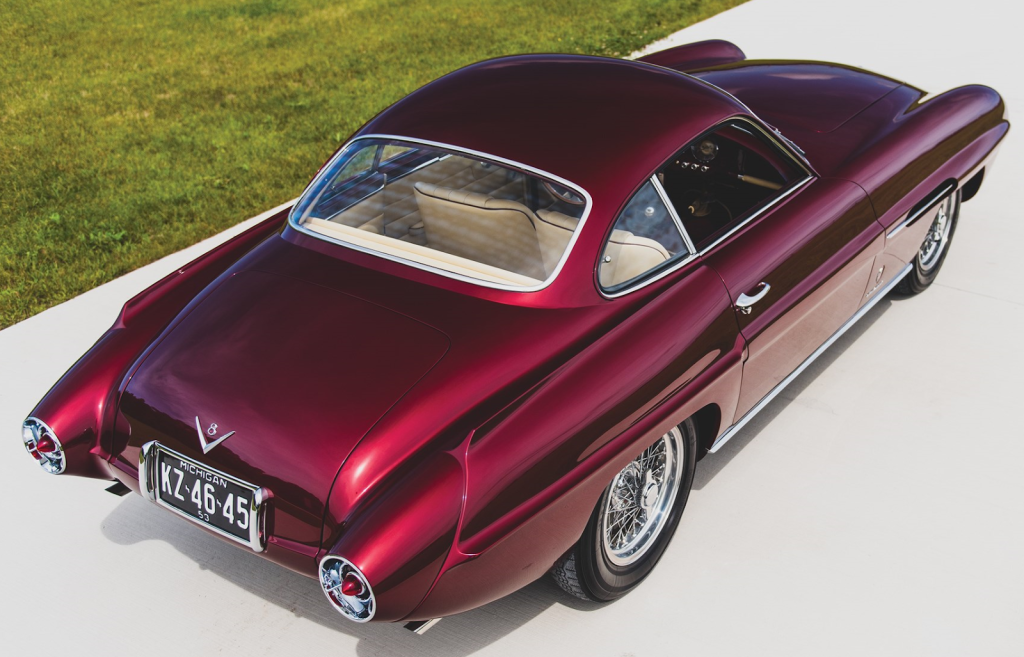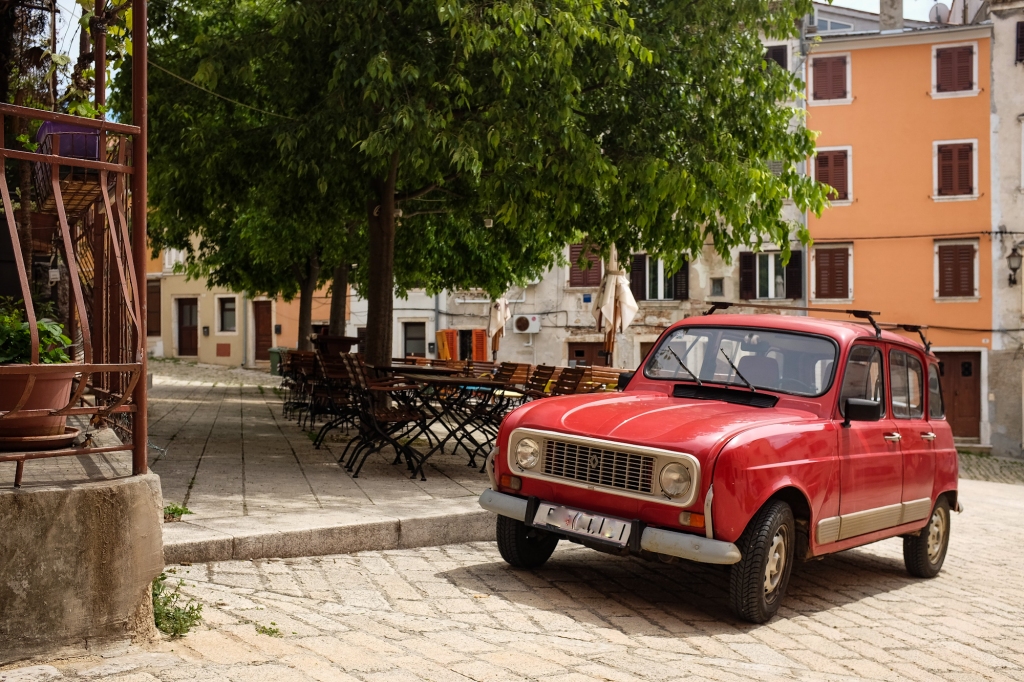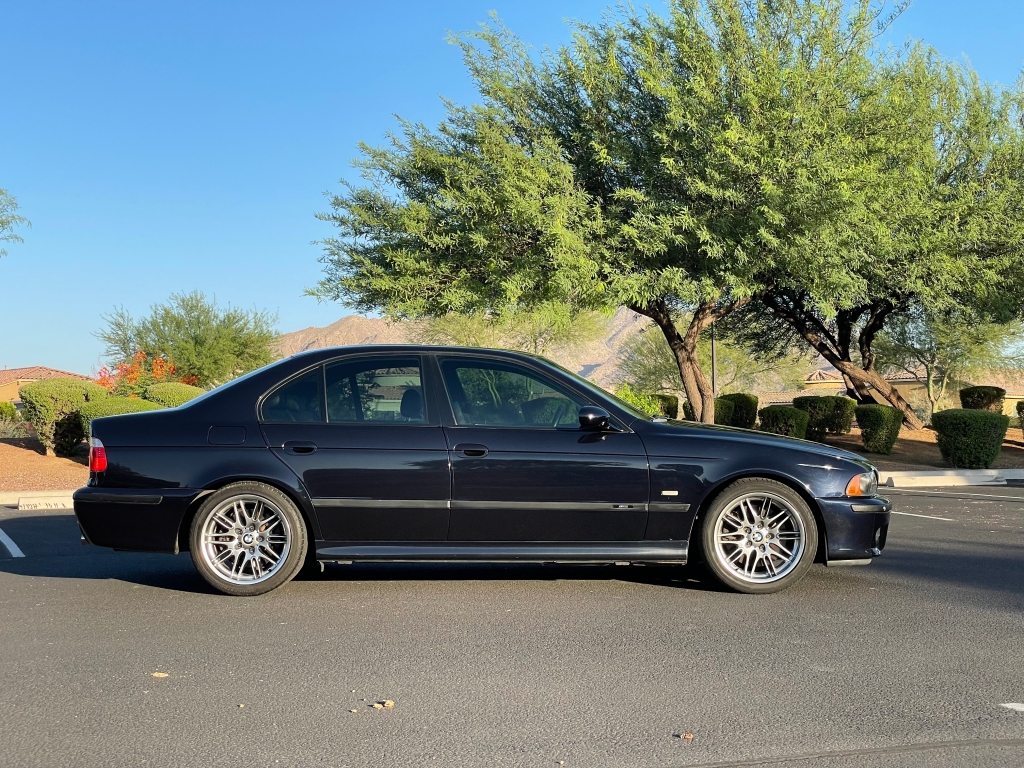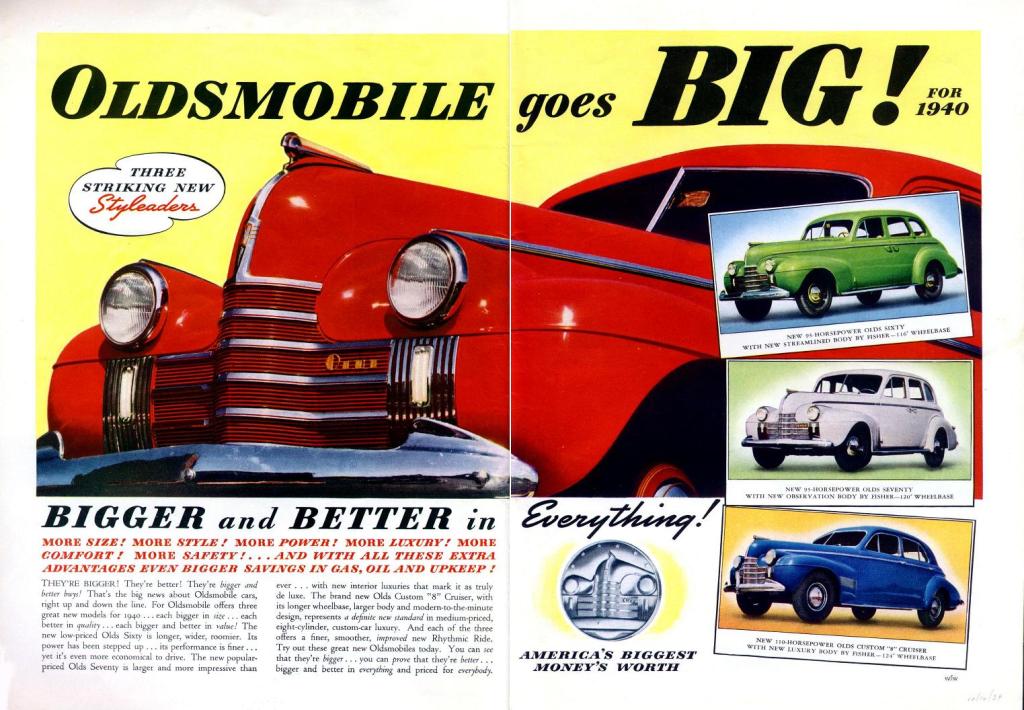The title says it all really. Coachbuilt cars are, more often than not, stunning. We’re here to bring you the very best of them, throughout history; and this is part two.
Fissore 
Elva GT160 – 1964

I’ll be honest, I’d never heard of this car before beginning my research, but who cares? Because it’s here now for us all to enjoy.
For those who don’t know, Fissore were a coachbuilder based in Turin who, over the course of sixty years, worked on all manner of quirky projects for the likes of Fiat and Auto Union, plus many of their own interpretations. Some of their finest include Fiat 600 re-bodies, ambulance conversions and a host of cabriolets. But it’s the 1600 / GT160 from Elva that we’re interested in here.
The underbody and engineering is all down to Elva, the tiny British marque who had quickly gained a reputation for producing fast, compact racecars, whilst the design is also English, a man named Trevor Frost who moved to Italy to work for Fissore and changed his name to Trevor Fiore. Edgy.
The car itself is somewhere between the Elva Mark VIIS and the Mark VIIIS, the Mk. VIIS providing most of the underbody, whilst the BMW dry-sump engine and gearbox are from the VIIIS… as we understand.
You see there’s a lot of mystery surrounding this car because only three were ever made, all prototypes, before Elva and Fissore abandoned the project due to high costs. Its alluring, fibreglass body and impressively compact packaging gave it a curb weight of just 559 kg (1232 lbs) and a claimed top speed of 160mph. I guess we’ll never know…
Fleetwood 
Isotta-Fraschini Tipo 8A S Roadster – 1925 – 1931

If you’re a fan of Lincoln, or Cadillac, you might be thinking that you’ve heard Fleetwood before; and you’d be right.
What’s now remembered as a premium model within the Cadillac lineup, albeit during the ’80s and ’90s when the brand wasn’t exactly at its peak, actually started life as a coachbuilder in 1909.
The team quickly built a legendary reputation for taking premium chassis’, chosen specifically by their exclusive clientele, and turning them into some of the very best cars of the day, complete with an almost unparalleled level of service and engagement along the way. It’s what caught the eye of Edsel Ford, and later GM.
But their work on the already famous Isotta-Fraschini Tipo 8A deserves significant credit. Originally commissioned for a local Italian-American, the floating rear fenders, unique rear lamps and a whole host of other novel touches were copied onto at least one other Isotta-Fraschini Tipo 8A S chassis and a Mercedes. I can’t stop staring at the little porthole in the canopy. A stunning piece of classic car design.
Franay 
Bentley Mark VI Cabriolet – 1947

If you’re a Bentley ethusiast, you’ll no doubt know this car already; it’s widely regarded as one of the greatest Rolls Royce / Bentleys ever created, by the people who own such examples themselves. It’s won countless Concours awards and last sold at auction for $2.75 million (including fees). And I think we can all see why.
“So who on earth are Franay?” I hear you ask. Well that’s a good question, because their history’s a little hazy. As we understand it, they were founded in 1903 by Jean-Baptiste Franay, a carriage upholsterer with little experience of cars, but an understanding of luxury and premium products.
The company dealt exclusively with high-end chassis from the likes of Hispano-Suiza, Delage, Rolls-Royce and, of course, Bentley. In fact, several of the most prestigious concours-touring cars in the world were designed and coachbuilt by Franay, before production ended in 1955 as France struggled post-WWII.
Franay deserve an awful lot more credit. And we have more evidence to prove it.
Delahaye 145 Convertible – 1937

I told you. Stunning.
The original Delahaye 145 is, of course, a true racing classic, with a story that matches the drama of the vehicle. We’ll save it for another day, but it involves Hitler, a dramatic race victory, an underground burial and a swarm of SS troops. And though this coachbuilt 145 doesn’t quite have the same dramatic story, it’s aesthetics are nothing short of jaw-dropping.
Delahaye, who were one of the world’s first automotive brands, had a long history of developing elegant, supremely built luxury cars at their home in Paris. The 135 is a concours mainstay with all manner of coachbuilt variants, whilst in later years, racing variants such as the 175S are highly sought after. But Delahaye also produced a host of different trucks and vans, and invented the V6 engine.
As for Franay? Well the 145 is a throughbred racecar, yet Franay’s ability to transform it into a road-going variant with such poise and drama is seriously impressive, never mind the combination of lavish art-deco touches and the subtle details that make this car one of the most beautiful coachbuilt vehicles ever made.
Frua 
Maserati A6GCS Spider S3 – 1955

It’s a wonderful thing perfection, isn’t it? And that’s what we have here, but it shouldn’t be a surprise.
Combining Maserati’s legendary A6GCS race-derived chassis with the penmanship and attention to detail of Pietro Frua could only have resulted in something majestic, and that’s exactly what this is.
Frua, the design-house and coachbuilder established by Pietro Frua in 1938, is famous particularly for their work with roadsters and cabriolets, including wonderful examples for Fiat, Peugeot and… Maserati.
Maserati, whose reputation lay solely on the racetrack until they began producing roadcars in the aftermath of WWII, struck gold with the A6GCS chassis, its dry-sumped, sports series underbody honed on the racetrack but available for coachbuilt, roadgoing variants.
There are several examples in existence but Frua’s, who had an eye for cabriolets, is quite possibly the finest example. Purity, defined.
Maserati 3500GT Coupé – 1962

But they didn’t just handle roadsters, far from it; and the 3500GT is a special example of their breadth of capability. I say special, because only two were ever made. Let that sink in.
I love the proportions of a ’60s Italian coupe anyway, but this takes the biscuit. The 3500GT is a beautiful car, there’s no denying it. Maserati, who had built up more than a decade of producing road-going chassis’, had hit a sweet spot. But Frua embellished it, in a manner only they were capable of.
The chrome bezels around the lamps are designed specifically to match the feature that runs the length of the car, whilst the swollen front fenders rise agressively before dropping down at the last minute to greet the protruding front lamps and classic Maserati grille. It’s Italian car design at its elegant best.
The fact that only two were ever made to these precise proportions is tragic in one sense, wonderful in another.
Gangloff 

Bugatti T57C Roadster – 1934-1939

Yeah, I’d never heard of Gangloff either when I started off on this journey through the magical enchanted forest of coachbuilding. And if the world of coachbuilding really is like an enchanted forest, full of mystery, beauty and confusion, then Gangloff is the hidden waterfall buried deep within that no-one ever mentions; yet everyone suspects exists.
Having started life in Switzerland in 1903 and peaked either side of WWII, focussed almost solely on building stunning bodies for the wonderful chassis’ that Bugatti turned out, they’ve now evolved into several countries around the world, with a particular focus on funicular railways. But if they decide to go back to coachbuilding, we’d be eternally grateful.
The Bugatti Type 57 is a world-renowned car, with a production span that lasted six years and produced 710 examples, amongst which are some of the most highly prized cars in the world. And I don’t use that description lightly.
You’ll know all about the “Aerolithe” concept and “Atlantic” production cars, but there are many elegant variants of the Type 57, and Gangloff’s is right up there with the best.
Bugatti T101 Coupe – 1952

But this is where things get really interesting; the Type 101.
Between 1951 & 1952, and in the wake of WWII, the deaths of Ettore and Jean Bugatti, and a financial crisis across Europe, Bugatti struggled to restart production. But having taken the Type 57 chassis and reworked it considerably, they then shipped the seven (which later grew to nine) chassis to four different coachbuilders. The first three wore Type 57 chassis numbers, and the last one, the first post-WWII, is the one pictured above. And ain’t she a beauty?
Not only is the Type 101 chassis, which was in essence a reworked Type 57 chassis, a strong, stiff, lightweight foundation, it was also a versatile one. And due to such low volumes, no two T101’s are the same.
In some ways this Gangloff coupe variant is the most classic of all the designs, but its porportions are immaculate, as are the finishing touches, showcasing everything that Gangloff did so well. And, of course, Bugatti.
Ghia 
Ferrari 212 Inter Coupe – 1952

If you’ve never heard of Ghia, then I’m tempted to ban you from CLT altogether; but we’re an inclusive bunch, if nothing else. And besides, you’re here to learn, right?
Ghia are, without a doubt, one of the most famous coachbuilders that have ever existed. With one of the broadest portfolios of any coachbuilder, and a history of former designers that reads like a “Who’s who” of automotive design excellence, the Italian marque unfortunately ceased to exist as anything more than a Ford trim level in 1970.
But that doesn’t mean we can’t sit back and enjoy some of their wonderful creations, beginning with this: the Ferrari 212 Inter Coupe.
Though Enzo Ferrari left Alfa Romeo’s racing division in 1939, the first road car to wear the now sacred Ferrari badge was the 125, beginning in 1947. It was swiftly followed by the famous 166 and the 195; then… by the oft-forgotten 212. With Ferrari’s experience and know-how placed firmly on the racetrack, they churned out the chassis’ and left the coachbuilders to build bodies of their choosing.
The 212 Inter Coupe is one of the more unique interpretations. Though the front end seems a little unadventurous, it was 1952 (most cars of the time had been designed before the war) and it’s certainly elegant, simple and classically designed; but still a Ferrari. What more could you want?
Supersonic Fiat 8V – 1953-1957

Last, but by no means least, we have an altogether different beast, Ghia’s design prowess and breadth of capability already on show. The Fiat 8V Supersonic.
There are quite a few coachbuilt vehicles that vary little, irrespective of the coachbuilder, and whilst there are many possible reasons, including the chassis, wheelbase, powertrain package and the market at the time, what Ghia did with the 8V is nothing short of incredible.
Penned by Giovanni Savonuzzi, who after serving in Albania during WWII began working for the now-defunct Italian brand Cisitalia as Technical Director, the 8V Supersonic is the most remembered and appreciated of all his creations. Though he had a habit of pushing boundaries with some remarkable creations, he was an engineer as much as a designer, and it shows in what is, effectively, an ode to the jet-age.
15 Fiat 8Vs were planned for conversion, though only eight were blessed with the coachwork, and all are worth seven figures… or more.
***
So there you have it; part two of our series covering the Most Beautiful Coachbuilt Cars in History. And we’re still not done with the letter “G”. There’s a lot more to come, so be sure to sign up below and avoid missing out on all the CLT treats we have in store for you.





Leave a comment